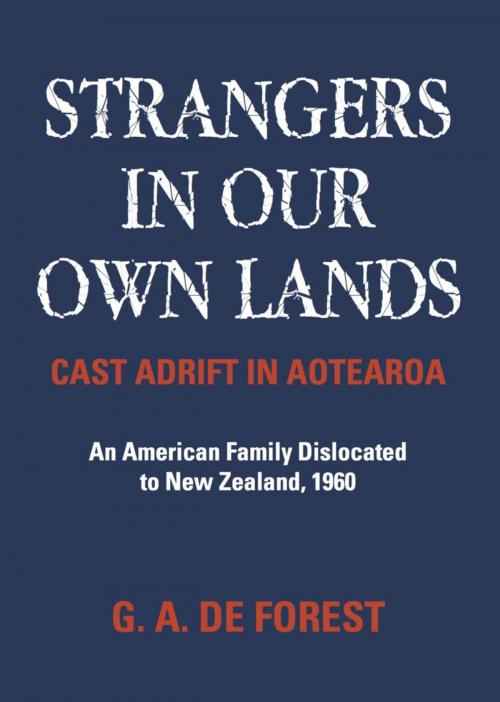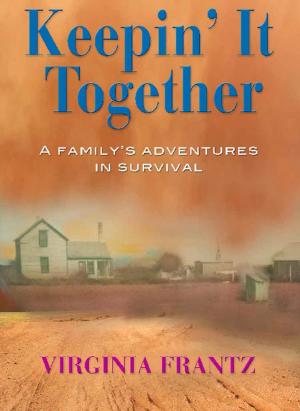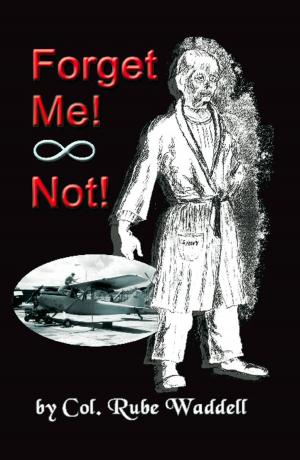| Author: | G. A. De Forest | ISBN: | 9781634910330 |
| Publisher: | BookLocker.com, Inc. | Publication: | January 1, 2016 |
| Imprint: | Language: | English |
| Author: | G. A. De Forest |
| ISBN: | 9781634910330 |
| Publisher: | BookLocker.com, Inc. |
| Publication: | January 1, 2016 |
| Imprint: | |
| Language: | English |
Strangers In Our Own Lands: Cast Adrift In Aotearoa (copyright G. A. De Forest, 2016) is the true story of a single parent family displaced from America in 1960 and making the best of resettling with strange relatives in a foreign land, told in a style of creative nonfiction and often from the point of view of a five to ten-year-old boy, the youngest of that family. It is several years before the family members realise this might be a permanent relocation to a much smaller society that has pitfalls ranging from quaintly distinctive ways leading to simple embarrassment, to radically different outlooks imposed by grown-ups in authority -- and overall characterised by growing anti-Americanism. The results are a long-term narrowing of life options and sometimes traumatic events brought on by momentous decisions and/or unavoidable circumstances.
The book introduces the background of the De Forests in the United States and the Mulroys in New Zealand, and discusses general effects of ancestry and family patterns on the current generation. On arrival in New Zealand (Maori name Aotearoa) the reduced family comprises Auckland-born mother Kay, 31, daughter Louiseanne/Lou (turning 11), daughter Laurette/Laurie, nine and a half, and Gary, the author, five. The first five years in their new land, tracing their adaptative progress and knockbacks, comprises the bulk of the book, followed by periodic references to the remainder of the 1960s and later. Ensuing personal development outcomes of the members are drawn towards the end.
Comedy and tragedy are mixed in the narrative, as the fate of the family is neither wholly one or the other. While the three kids are young enough to “roll with the punches” that their new everyday lives send them, to grow calloused new skins and carve a tolerable to enjoyable existence, Kay is affected the most, having lost her chosen life partner and quickly finding herself right back in a family hierarchy she had striven to escape for most of her early life. Returning to everyday cultural and gender strictures she escaped during the twelve years of her married life as a modern, independent woman in the States takes its toll on her physical health and psyche in this “South Seas paradise” that is casually welcoming but frustratingly, sometimes infuriatingly, behind the times.
The main subjects of the book, this 1960s generation of divided background — a patchwork of Irish catholic, French huguenot, English provincial, Arcadian Canadian, white American settler, Cherokee, Choctaw, Maori, Australian outbacker, Aotearoa pakeha — are subjected to a homogeneous culture that would test anyone of cosmopolitan upbringing and outlook. The story is one of dogged survival and muted triumph. Repeatedly thrown back on their own inner resources each time they are forced to move on, with friendships made along the way unavoidably broken, the lifetime adventure described stands as a tribute to the human spirit more vivid and enduring than the tallest mountain climbed or widest ocean crossed.
Strangers In Our Own Lands: Cast Adrift In Aotearoa (copyright G. A. De Forest, 2016) is the true story of a single parent family displaced from America in 1960 and making the best of resettling with strange relatives in a foreign land, told in a style of creative nonfiction and often from the point of view of a five to ten-year-old boy, the youngest of that family. It is several years before the family members realise this might be a permanent relocation to a much smaller society that has pitfalls ranging from quaintly distinctive ways leading to simple embarrassment, to radically different outlooks imposed by grown-ups in authority -- and overall characterised by growing anti-Americanism. The results are a long-term narrowing of life options and sometimes traumatic events brought on by momentous decisions and/or unavoidable circumstances.
The book introduces the background of the De Forests in the United States and the Mulroys in New Zealand, and discusses general effects of ancestry and family patterns on the current generation. On arrival in New Zealand (Maori name Aotearoa) the reduced family comprises Auckland-born mother Kay, 31, daughter Louiseanne/Lou (turning 11), daughter Laurette/Laurie, nine and a half, and Gary, the author, five. The first five years in their new land, tracing their adaptative progress and knockbacks, comprises the bulk of the book, followed by periodic references to the remainder of the 1960s and later. Ensuing personal development outcomes of the members are drawn towards the end.
Comedy and tragedy are mixed in the narrative, as the fate of the family is neither wholly one or the other. While the three kids are young enough to “roll with the punches” that their new everyday lives send them, to grow calloused new skins and carve a tolerable to enjoyable existence, Kay is affected the most, having lost her chosen life partner and quickly finding herself right back in a family hierarchy she had striven to escape for most of her early life. Returning to everyday cultural and gender strictures she escaped during the twelve years of her married life as a modern, independent woman in the States takes its toll on her physical health and psyche in this “South Seas paradise” that is casually welcoming but frustratingly, sometimes infuriatingly, behind the times.
The main subjects of the book, this 1960s generation of divided background — a patchwork of Irish catholic, French huguenot, English provincial, Arcadian Canadian, white American settler, Cherokee, Choctaw, Maori, Australian outbacker, Aotearoa pakeha — are subjected to a homogeneous culture that would test anyone of cosmopolitan upbringing and outlook. The story is one of dogged survival and muted triumph. Repeatedly thrown back on their own inner resources each time they are forced to move on, with friendships made along the way unavoidably broken, the lifetime adventure described stands as a tribute to the human spirit more vivid and enduring than the tallest mountain climbed or widest ocean crossed.















